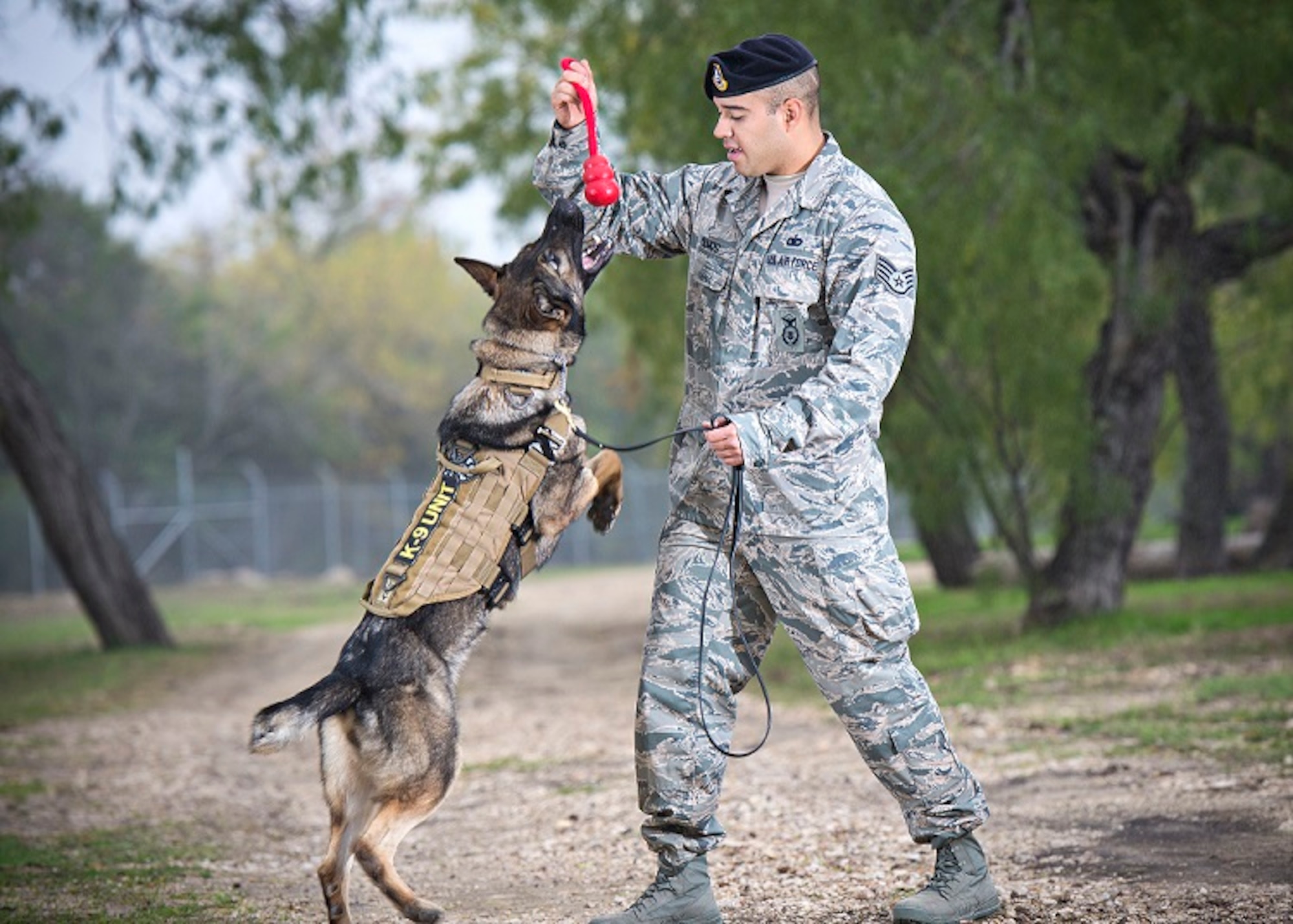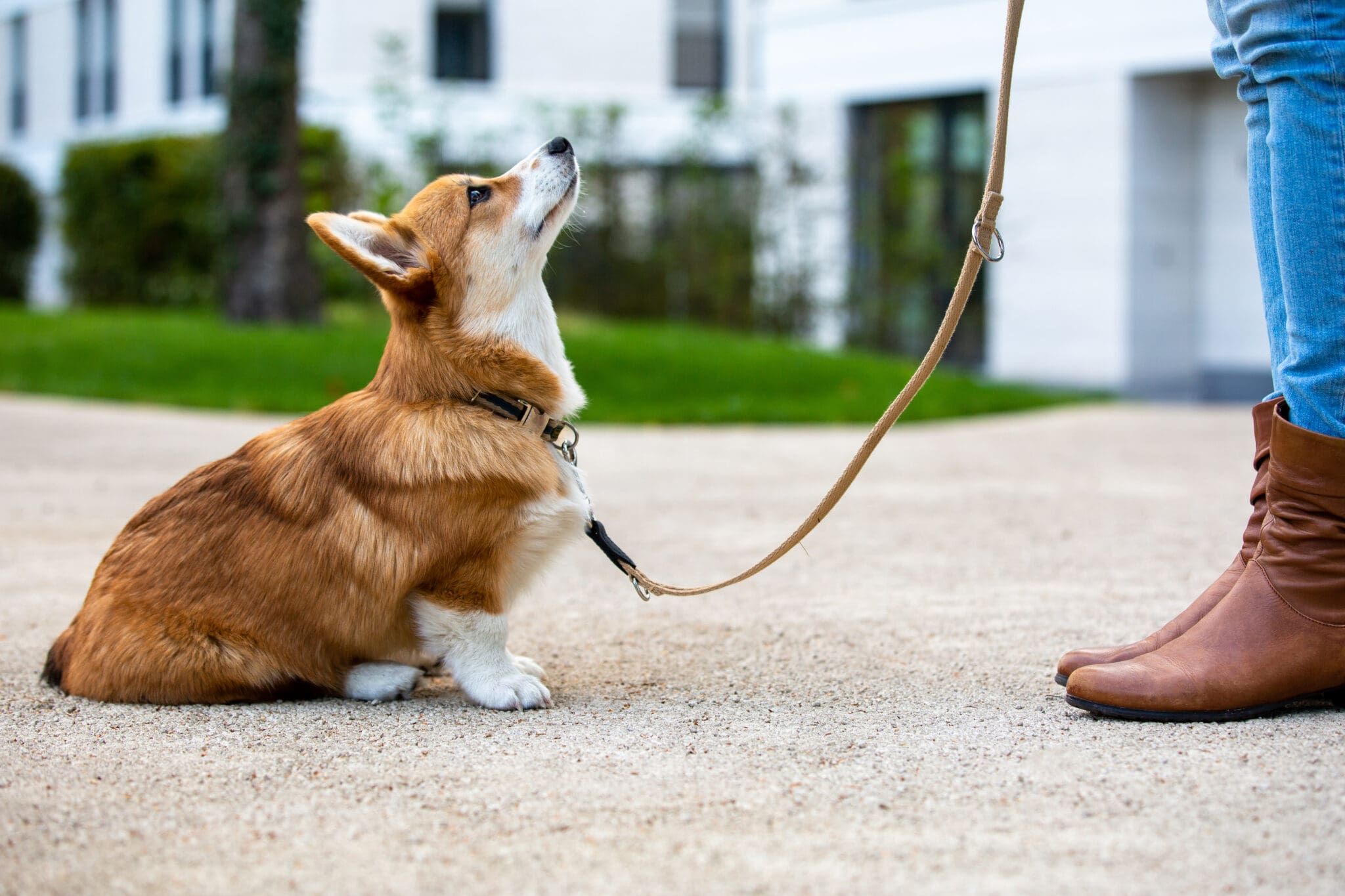Beginner's Guide to Effective Dog Training in your home
Successfully educating a canine at home requires a nuanced understanding of canine behavior and reliable interaction strategies. Developing clear training objectives, utilizing top quality rewards, and preserving consistency throughout family members are essential components. In addition, integrating training right into everyday routines can enhance both interaction and retention. Lots of newbie trainers come across challenges that may hinder development. To browse these intricacies properly, it's necessary to explore several key aspects that can transform your strategy and cause an unified relationship with your pet dog. What basic concepts should every novice grip to ensure success?
Understanding Pet Actions
Comprehending dog actions is important for reliable training and promoting an unified relationship between humans and their canine buddies. Dogs interact primarily with body language, articulations, and facial expressions, making it critical for proprietors to analyze these signals properly. Acknowledging actions such as tail wagging, grumbling, or trembling can give understandings right into a pet's mood and purposes.

Usual behavioral problems, such as aggression, stress and anxiety, or too much barking, typically originate from misconceptions or unmet needs. Observing and resolving these problems without delay can protect against escalation and ensure a favorable training experience. By cultivating a deep understanding of dog actions, proprietors can tailor their training methods to fit their canine buddies, ultimately causing a well-behaved and pleased pet dog.
Crucial Educating Tools
A fully equipped training space can considerably boost the effectiveness of pet dog training in your home. Essential training tools make certain that both the canine and the trainer can participate in effective sessions that cultivate discovering and bonding.

Investing in a strong leash and a comfortable, well-fitting collar or harness is crucial for security and control. These devices assist establish limits and make sure the canine remains secure throughout training. In addition, an assigned training area, free from interruptions, aids concentration for both the instructor and the dog.
Training help such as training pads, cones, or agility devices can also improve the experience by presenting selection and difficulties. Having a note pad or digital app for tracking development can be invaluable, enabling you to keep in mind successes and areas for enhancement. Utilizing these important devices will certainly create a positive training environment and lay the structure for reliable discovering.
Developing an Educating Regimen
Establishing a consistent training routine is important for reliable pet dog training in the house. A well-structured regular not only helps in reinforcing preferred actions but also provides your pet dog with a complacency and predictability. To produce a reliable training routine, begin by recognizing specific training objectives, such as fundamental commands, leash strolling, or house-training.
Select a marked time every day for training sessions, preferably when your canine is sharp and receptive. Procedure must be brief, approximately 5 to 15 minutes, to keep focus and protect against exhaustion. Consistency in timing and environment will improve your canine's learning experience.
Integrate training right into day-to-day activities to strengthen abilities. Practice commands during walks or nourishment, which integrates learning into natural routines. Furthermore, remain flexible and readjust the regular as necessary, accommodating your canine's energy degrees and state of mind.
Favorable Reinforcement Strategies
Positive support methods are basic to reliable dog training, promoting desired habits via benefits instead of penalty. This technique utilizes favorable stimuli, such as deals with, appreciation, or play, to urge canines to duplicate specific actions. The cornerstone of this strategy is timing; incentives should be given promptly adhering to the wanted habits to develop a clear organization.
When implementing favorable support, it is important to pick incentives that are motivating for your dog. High-value treats, such as small pieces of hen or cheese, can be specifically effective throughout training sessions. In addition, varying the incentives can maintain your pet's rate of interest and enthusiasm.
Start with straightforward commands, like "rest" or "remain," and gradually progression to a lot more complicated tasks. Uniformity is vital; make sure that all member of the family utilize the exact same commands and incentive systems to stay clear of complication.
Furthermore, it is essential to remain person and avoid aggravation. Dogs, like human beings, find out at their very own speed. By cultivating a supportive training atmosphere via positive reinforcement, you can improve your dog's understanding experience while strengthening the bond in between you and your hairy companion, preparing for successful training end results.
Usual Educating Difficulties
While training a canine in your home can be a rewarding experience, it commonly features a collection of common obstacles that can test both patience and uniformity. One common concern is distraction. Dogs might end up being quickly averted by sounds, motions, or even scents in their setting, making it challenging to maintain their focus throughout training sessions.
Another obstacle is variance in commands and support. If member of the family make use of various cues or benefits, click site it can prevent and perplex the dog development. Developing a unified approach is essential for reliable interaction.
Furthermore, canines can experience stress or tension, particularly if they do not understand what is expected of them. This can result in undesirable behaviors, such as chewing or barking.
Ultimately, the timing of support is vital (Dog training). Delayed rewards can lessen the performance of favorable reinforcement, as pets might fall short to link the visit behavior with the benefit
Conquering these difficulties calls for commitment, clear interaction, and a structured training plan. Identifying and dealing with these typical obstacles will lead the method for a much more pleasurable and successful training experience in the house.
Conclusion
In final thought, effective dog training at home necessitates a detailed understanding of canine habits and efficient communication strategies. By developing clear training objectives and using high-grade deals with alongside favorable support, the training process comes to be more satisfying for both the instructor and the pet.
Establishing a constant training routine is crucial for efficient pet dog training at home.Positive support methods are essential to effective canine training, advertising preferred behaviors with incentives rather than penalty (Dog training). By cultivating a helpful training environment with favorable reinforcement, you can improve your pet's discovering experience while enhancing the bond between you and your fuzzy friend, laying the groundwork for successful training outcomes
In conclusion, effective canine training at home necessitates a comprehensive understanding of canine behavior and efficient interaction strategies. By establishing clear training goals and making use of top notch treats along with favorable support, the training procedure becomes a lot more rewarding for both address the pet and the instructor.